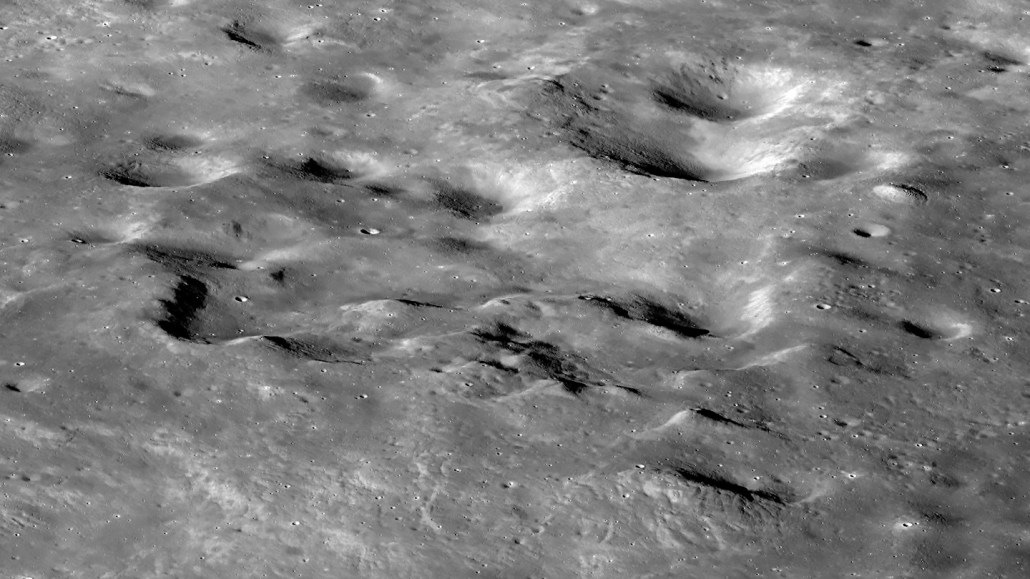Granite likely lurks beneath the moon’s surface
It’s a difficult type of rock to make without plate tectonics or water

The moon’s Compton-Belkovich Volcanic Complex, shown in this Lunar Reconnaissance Orbiter image, might be home to the largest mass of granite discovered beyond Earth.
Arizona State University, GSFC/NASA